The Peggy Guggenheim Collection showcases some of the most notable masterpieces from 20th-century art. Located on the banks of the Grand Canal in Venice, the museum explores movements such as Cubism, Surrealism, and Expressionism. As such, the Peggy Guggenheim Collection offers a refreshing contrast to the Renaissance art you’ll find everywhere in Venice.
But the life of the heiress and collector is as interesting as the incredible artworks she gathered over the years. In this post, we will examine what makes Peggy Guggenheim so fascinating.
Likewise, we’ll take you on a museum tour, revealing how it has shaped Venice’s contemporary art scene.
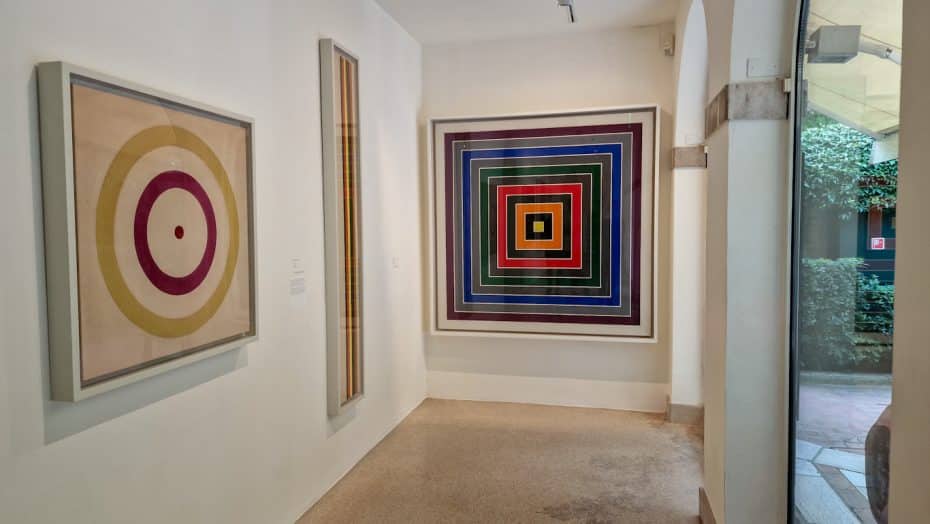
Peggy Guggenheim: Her Life and Art Collection
The Early Life of Peggy Guggenheim
Margherita “Peggy” Guggenheim, born on August 26, 1898, was an American art collector, socialite, and philanthropist. Born in New York City, she was the daughter of Benjamin Guggenheim and niece of Solomon R. Guggenheim.
Peggy Guggenheim began collecting art in the early 1930s and moved to Paris in 1938. While there, she helped struggling artists financially and opened her first gallery, called Guggenheim Jeune. The gallery featured works by notable artists like Jean Cocteau and Wassily Kandinsky.
In 1941, with World War II escalating, Peggy Guggenheim returned to New York. While there, she continued to expand her collection. She worked closely with the influential art dealer and historian Herbert Read in selecting artworks for her collection. In 1942, Guggenheim helped finance the famous Art of This Century Gallery in New York City. This gallery showcased Guggenheim’s constantly growing collection of contemporary art.
Through the galleries, Peggy played an important role in promoting abstract and Surrealist art. Guggenheim supported artists like Jackson Pollock and Max Ernst, whom she married in 1941 but divorced in 1946.
But her marriage with Ernst wasn’t the only time Peggy’s love life would be the talk of the art world. There are allegations of Guggenheim sleeping with 1000 men, which she didn’t deny. Instead, when asked how many men she had slept with, she famously replied: “My own, or other people’s?”
But Guggenheim’s comments came after many men in her life took advantage of her money and status. Take Jackson Pollock, for example. Peggy helped Pollock become a famous artist, but he still said terrible things about her appearance to the press. Also, the art collector had a few abusive relationships, so she ended up embracing having a no-strings-attached sex life. Perhaps, this was another way in which Guggenheim was ahead of her time.
Yet, Guggenheim found the love of her life time and time again… in her pets. She had at least, 14 dogs of the same breed: Lhasa Apso.
She loved her dogs so much that their graves are next to hers, in the Peggy Guggenheim Collection’s garden! Some of the names of the dogs include Cappuccino, Hong Kong, Toro, Peacock, and Baby.
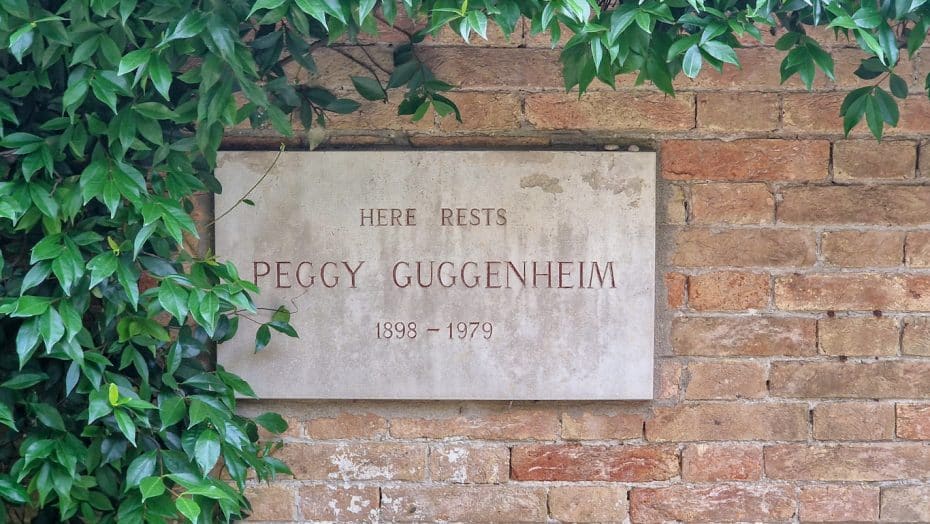
The Founding of the Peggy Guggenheim Collection
After World War II ended, Guggenheim participated in the Venice Biennale in 1947, showcasing her diverse art collection. She purchased Palazzo Venier dei Leoni, on the Grand Canal, one of the best areas to stay in Venice, as a new home for herself.
Likewise, Guggenheim made space in the palace to exhibit the artwork she owned. The museum would receive the name of the Peggy Guggenheim Collection.
Following her death on December 23rd, 1979, Peggy Guggenheim’s collection became a part of the Solomon R. Guggenheim Foundation. Today, The Peggy Guggenheim Collection remains one of the most important museums for modern European and American art in Italy.
Exploring the Peggy Guggenheim Collection
The Palazzo Venier dei Leoni is an unfinished 18th-century palace. The building has a simple, white façade and is only one story high. Hence, the palace stands out among the grand and ornate constructions on the Grand Canal.
Furthermore, the palace has a sculpture garden, with outdoor pieces set against the beautiful backdrop of Venice’s canals.
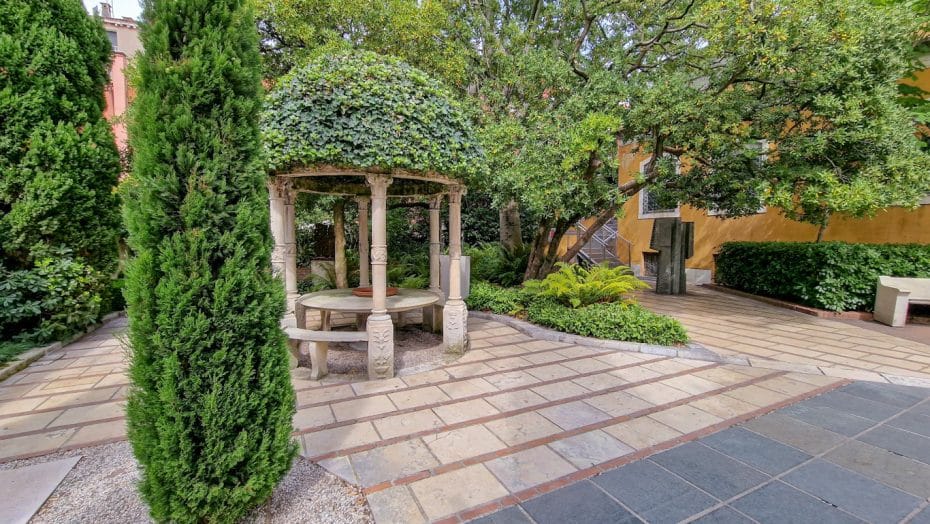
Yet, of course, the main attraction of the museum is the collection of artworks housed inside.
The Peggy Guggenheim Museum has some of the most important works of 20th-century art. The collection includes paintings, sculptures, and photographs from many famous artists such as:
1. Pablo Picasso: Spanish painter, sculptor, and printmaker who is considered one of the pioneers of Cubism. The museum houses Picasso’s “The Poet” (1949), which is one of the highlights of the collection.
2. Jackson Pollock: An American painter known for his abstract expressionist paintings and “drip painting” technique. You can see his painting called “Alchemy,” finished in 1947, in the museum.
3. Salvador Dalí: A Spanish surrealist painter. Dali’s striking and bizarre images often feature dreamlike landscapes and melting objects. The Peggy Guggenheim Collection is home to his “Birth of Liquid Desires” (1932).
4. Wassily Kandinsky: A Russian painter often credited for creating the first abstract works of art.
5. Joan Miró: A Catalan painter, sculptor, and ceramicist. Miró’s whimsical style combines Surrealism with elements of his native Catalonia culture and environment.
6. Piet Mondrian: A Dutch painter who is one of the leading figures in the development of abstract and non-figurative art. His grid-based compositions using primary colors are iconic.
Other artists in the collection include Andy Warhol and René Magritte.
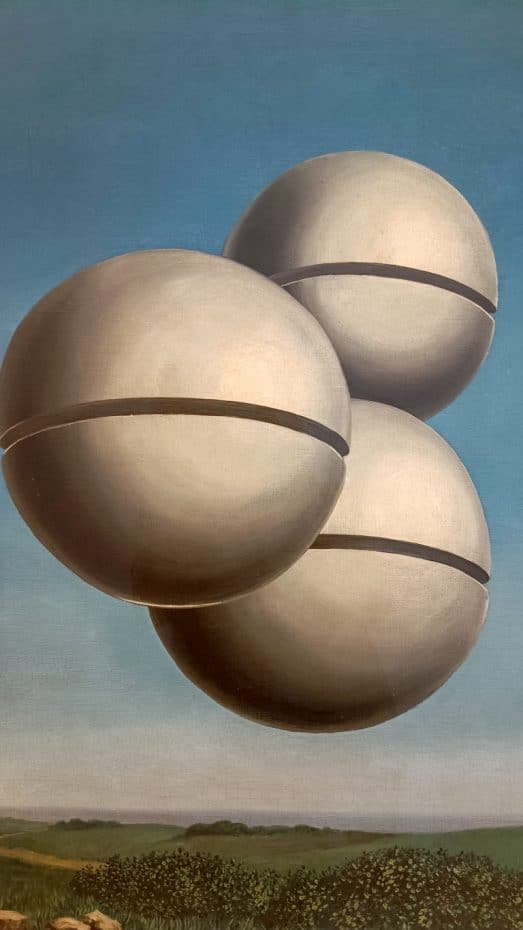
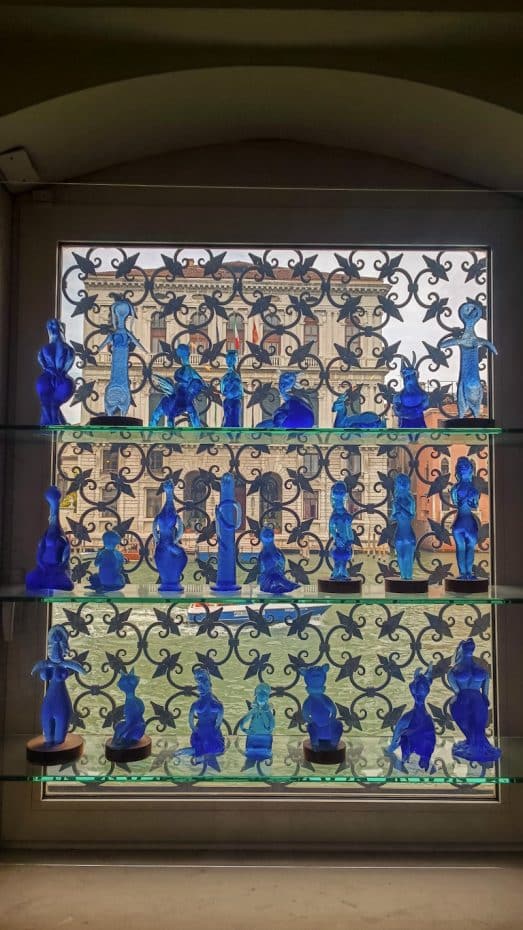
Tips for Visiting the Peggy Guggenheim Collection
As with any museum of attraction, it helps to be aware of the opening hours of the museum. The Peggy Guggenheim Collection opens from 10 am to 6 pm every day, except for Tuesdays. The museum also closes on December 25th.
Entry fees to the museum for adults are 16€. You can either buy tickets for the Peggy Guggenheim Collection online or at the museum itself. Yet, keep in mind that the ticket office closes at 5:30 pm.
There are individual and group guided tours of the museum. These tours are available in different languages. Likewise, there are audio guides in different languages.
You can take pictures of the entire collection as long as the flash of your camera or phone isn’t on. Selfie sticks and tripods are not allowed either.
The museum is on the Grand Canal, between the Accademia Bridge and the Church of Santa Maria della Salute. To get to this part of Venice from the Santa Lucia train station, you can take:
Vaporetto no. 2, direction Lido, Accademia stop.
Vaporetto no. 1, direction Lido, Accademia or Salute stops.
Meanwhile, from Piazza San Marco, the best transport options are:
Vaporetto no. 2, direction P. Roma, Accademia stop.
Vaporetto no. 1, direction P. Roma, Salute or Accademia stops.
Vaporetto is the motorboat transport system in Venice that, essentially, works as the bus/metro of any other city.




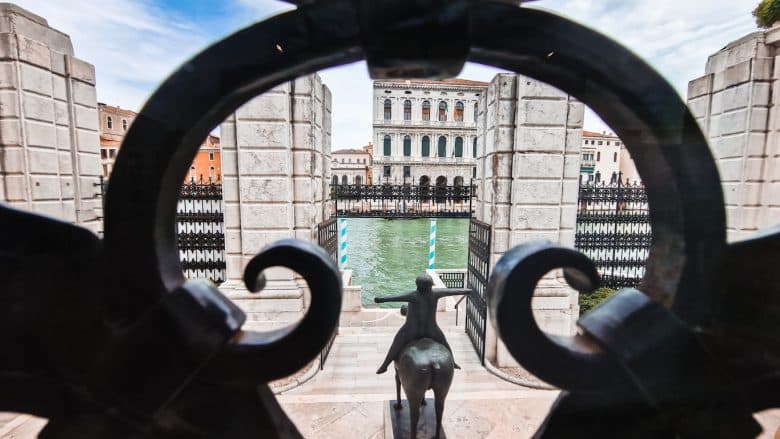
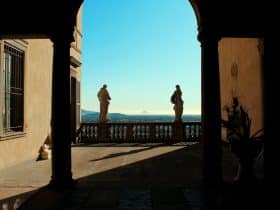
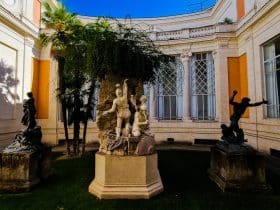
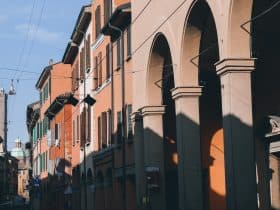
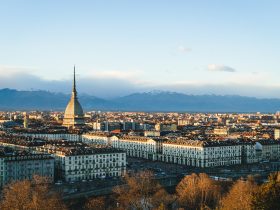



















Leave a Reply
View Comments